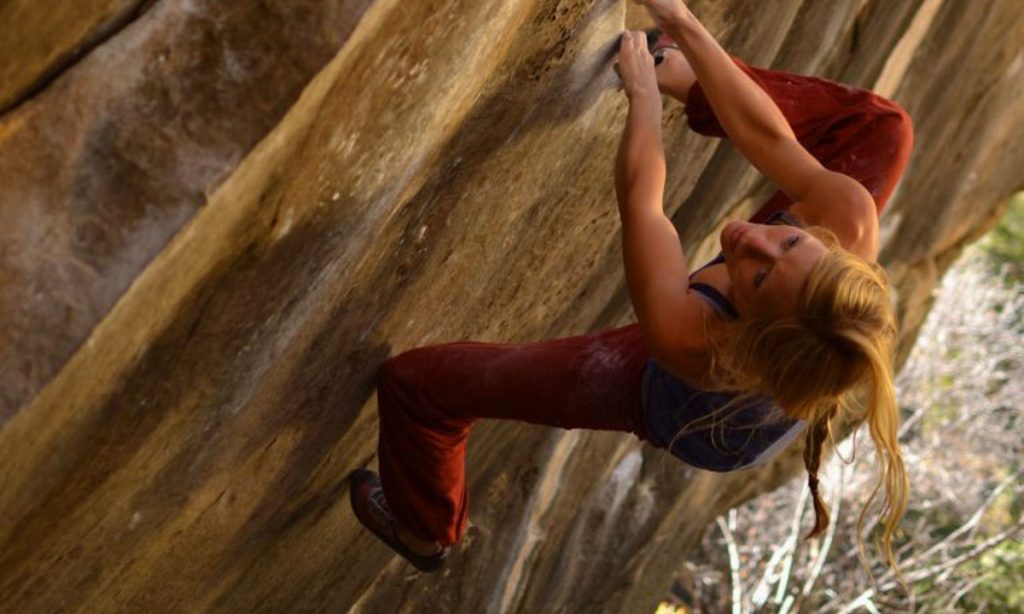Training for Bone Health
If you’ve never trained before, when you think of training, you probably think of strengthening your muscles. Getting gains.
As you start your training journey, you realise that training for tendon and ligament health is also really important!
But what about training for our bones?
Why is bone health important?
Our skeleton is the foundation for the movements we make. Bone health is something to be mindful of in an athletic population, especially for women, where the prevalence of osteopenia/osteoporosis is higher.
Bone is often considered a static structure, but it really isn’t!
Bone is a nutritionally modulated tissue that is affected by diet and exercise.
90% of peak bone mass is achieved by 20-years-old and bone mass declines with age. There is also an accelerated loss of bone mass in post-menopausal women as the protective effects of oestrogen are withdrawn.
How can we maintain and protect bone health?
- Adequate energy intake – Eating enough calories to support our bodies and the exercise we do is essential for bone protection. Prevalence of stress fractures and early development of osteopenia/osteoporosis is often seen in athletes with chronic low energy availability (RED-S).
- Load your bones! – Impact and multidirectional loading of bone tissue is beneficial and stimulates bone response. Climbing is great for multidirectional loading and jumping off/landing in bouldering can be good too! Don’t be afraid to put load on your body – especially as you age, resistance exercise is your friend.
- Calcium in your diet – Calcium is a key nutrient in bone formation and low calcium levels in the body can have catabolic effects on bone. The recommended intake for calcium is 700-1000mg/day. To get this, have 2-3 servings of dairy food or equivalent per day. Sources of calcium include milk, cheese, yogurt and other dairy foods, sardines, green leafy vegetables, tofu, nuts and calcium fortified products.
- Vitamin D through sun exposure or supplements – is mainly gained through sun exposure rather than diet and many people will have some level of vitamin D deficiency, especially over the winter months, due to the lack of sunlight exposure that is prevalent due to cultural habits, working hours and latitudes. It is important for lots of things including bone health and is worth supplementing, especially in the winter.

Follow Lattice Training on Instagram.






I am surprised that you don’t note the value of HRT (or estrogen from other sources such as the pill) in protecting bone density in menopausal women. I think you should also give a more nuanced answer about bone density and exercise. If many years postmenopausal without any estrogen supplementation then their bone density may be far too low for them to boulder safely, because even very minor falls can cause fractures.
Hi Sarah,
Thanks for your feedback. We think it’s important to point out a couple of factors that limit our remit on this sort of content.
First of all we are looking to increase awareness around training and nutrition for all climbers, and provide a more basic understanding here. As climbing coaches and not medical practitioners, it wouldn’t be appropriate for us to give more nuanced and in depth answers around prescribed medication or even make suggestions for them here.
We could recommend researching this more by looking at industry experts such as Dr Nicky Keay, who will be able to go much deeper and likely provide the insights you are looking for.
Hope that helps!